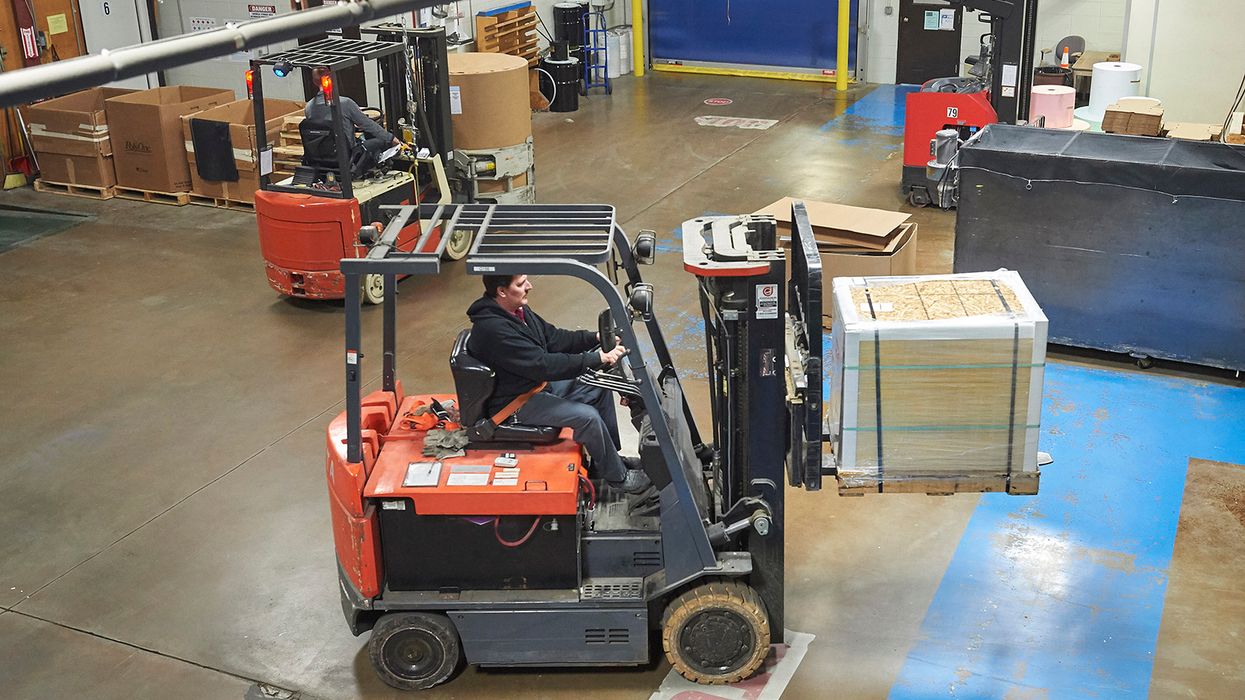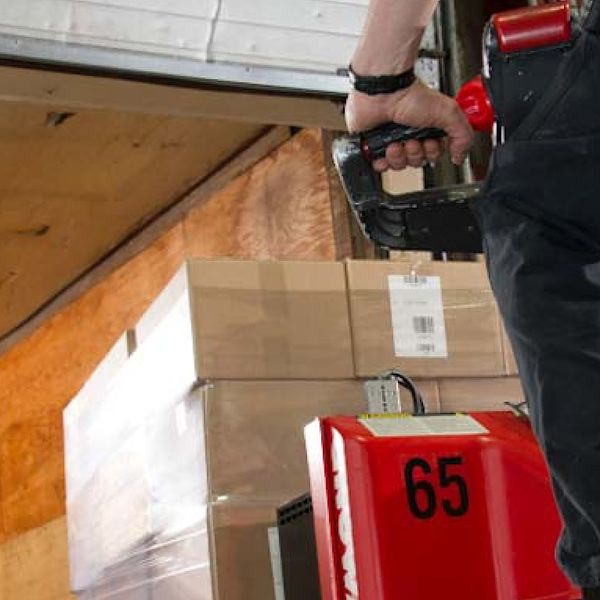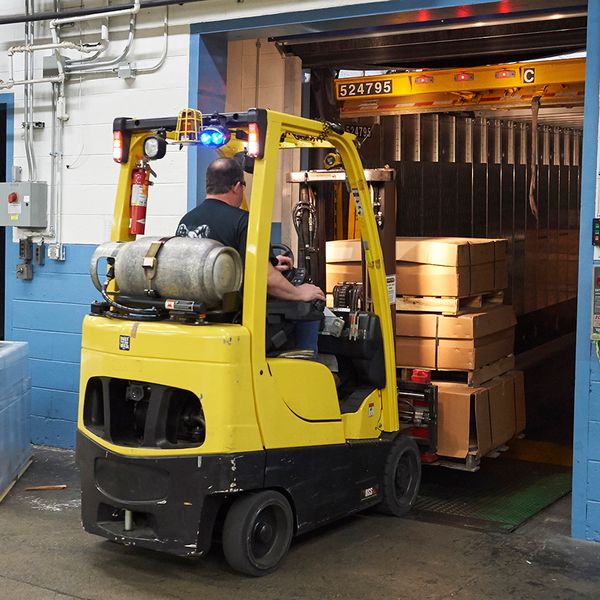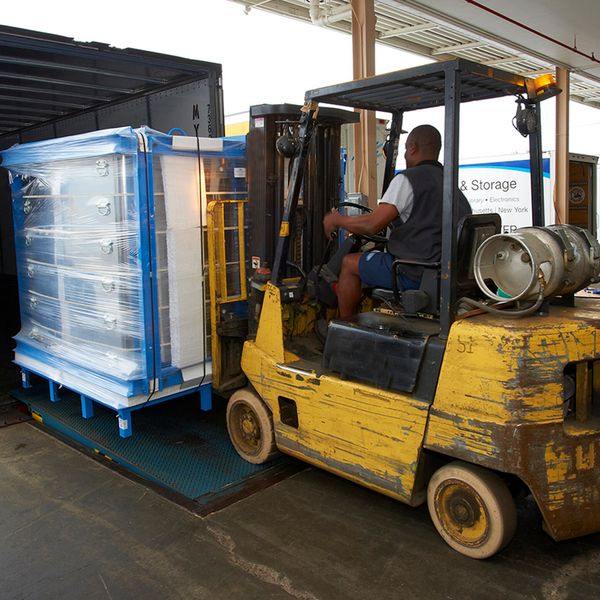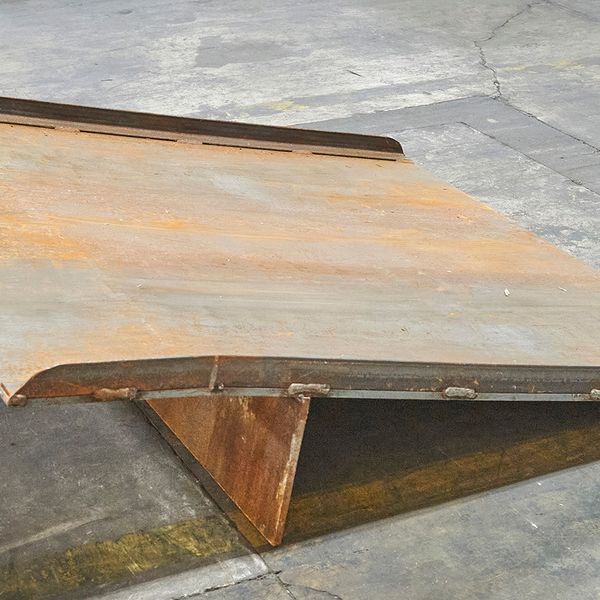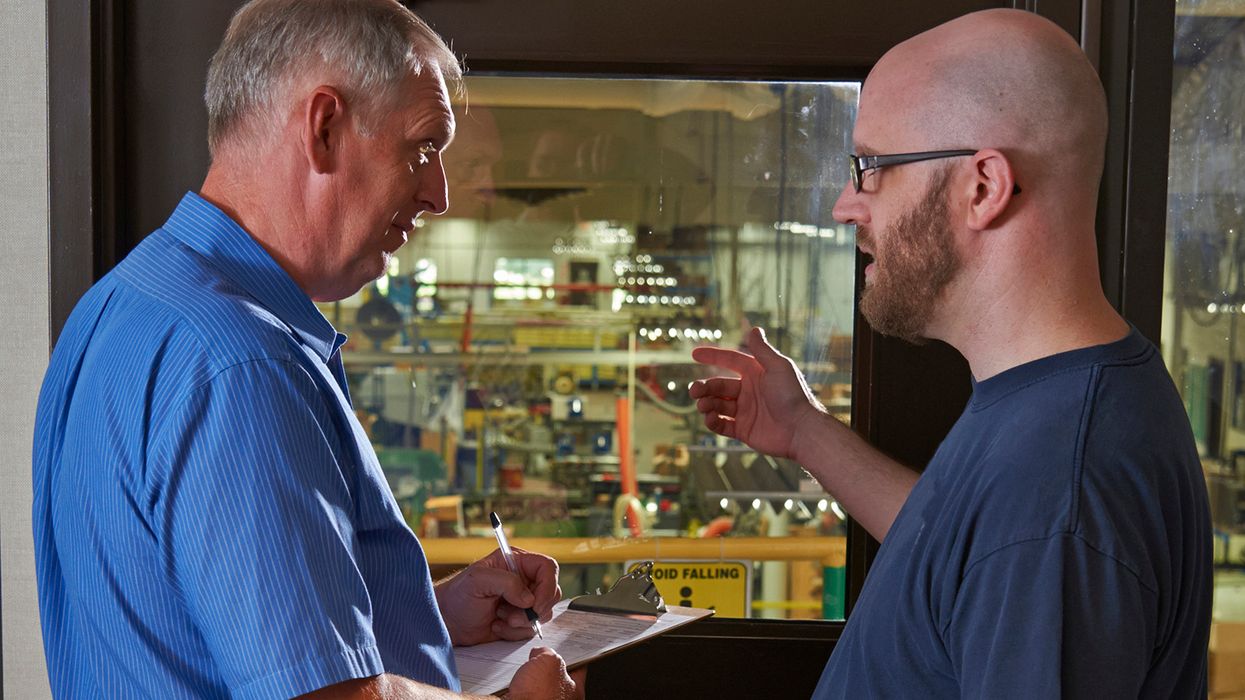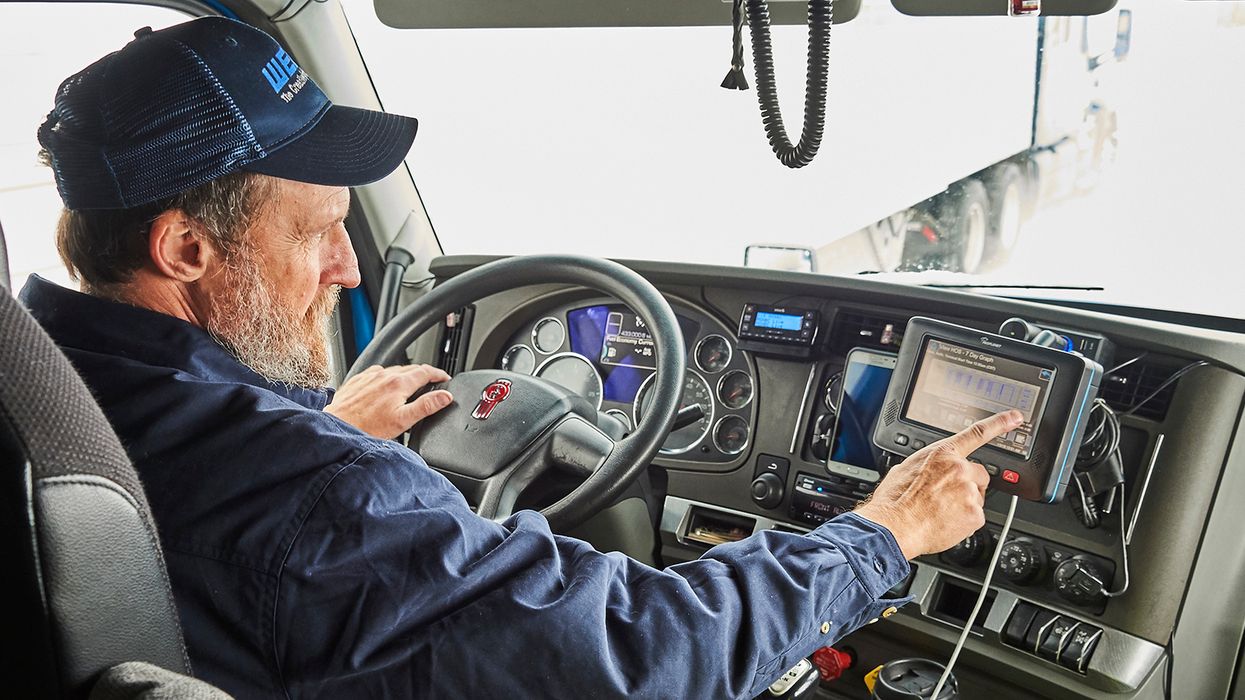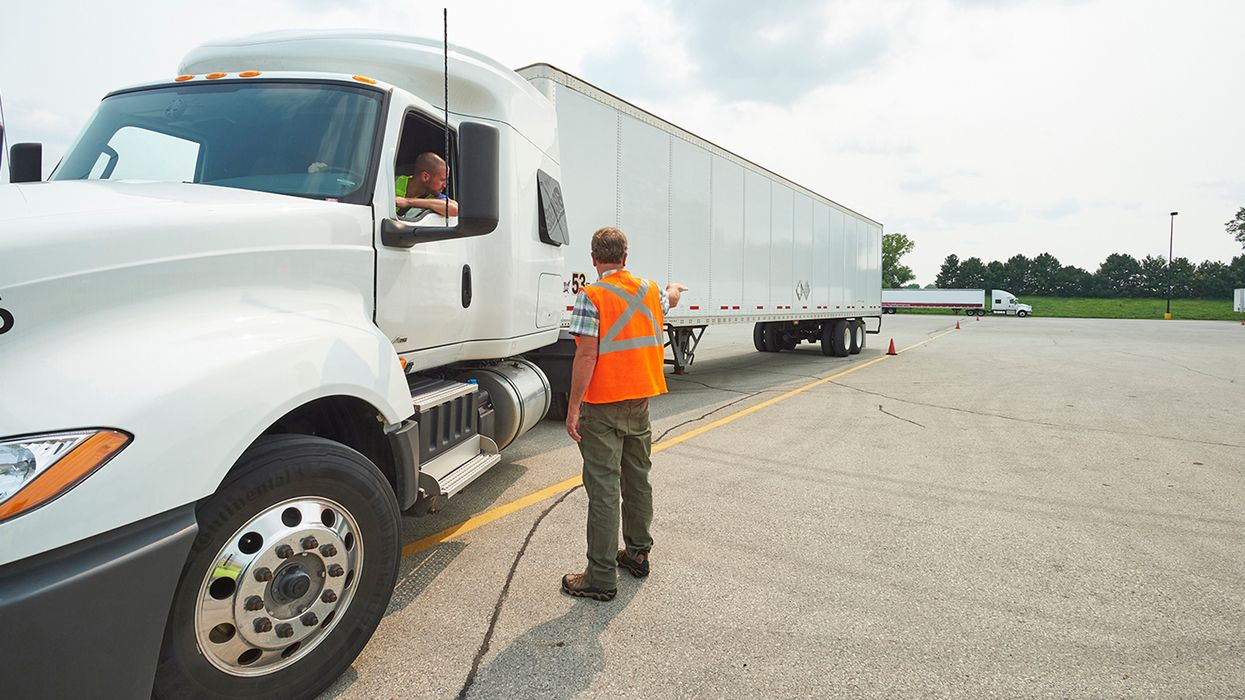Keep your employees safe during the holiday season
As your motor carrier rushes to clear docks and close out the holiday season, ensure that your drivers and dock workers are aware of the most common hazards on the dock.
Topic-specific training covers safety issues unique to drivers, dock workers, and warehouse employees. December safety meetings may include common causes of injuries and cargo damage such as:
- Slips and falls caused by wet or oily docks,
- Back injuries resulting from improper lifting or carrying,
- Injuries from careless material handling, and
- Use of forklifts.
Follow along for tips to keep your employees safe while working on your dock.
1. Falling freight
Loading dock accidents account for approximately one-quarter of all work-related injuries at warehousing locations. Loading docks are designed to enable the transfer of freight between trucks and facilities, and this involves a great deal of people, freight, and machinery. When dock employees are loading or unloading freight in a trailer, the risk of injury increases when handling cumbersome freight.
Employees should never attempt to stop falling freight. This common reaction is responsible for significant injuries. It is always better to allow the freight to fall on the floor of the trailer rather than risking a crushing type of injury.
2. Forklift safety
Protective barriers around docks, such as chains or bars, can prevent forklifts from falling off the dock and causing injury. Vacant docks that are open, but have no trailer at them, present a major safety risk. If a forklift operator’s vision is blocked by freight on the blades, serious accidents can occur. Using a spotter and being aware of your surroundings will reduce injuries.
3. Dock cleanliness
Loading docks are susceptible to the weather, especially this time of year. Leaves and other debris should be swept away as needed. Water, ice, and snow can also collect resulting in dangerous working conditions. Forklifts often experience problems with slick loading dock floors, so ensure that management is checking the dock surfaces throughout the day.
4. Pedestrian traffic
Before loading or unloading begins, all unnecessary employees should vacate the area. While forklift operators are trained on pedestrian safety, it is often the pedestrians themselves who are not trained to anticipate and avoid forklift dangers. The most effective method of controlling forklift-pedestrian accidents is to designate pedestrian walkways using yellow painted lines and physical barriers.
Key to remember: Safety training and awareness are necessary on congested docks where common injuries occur.

